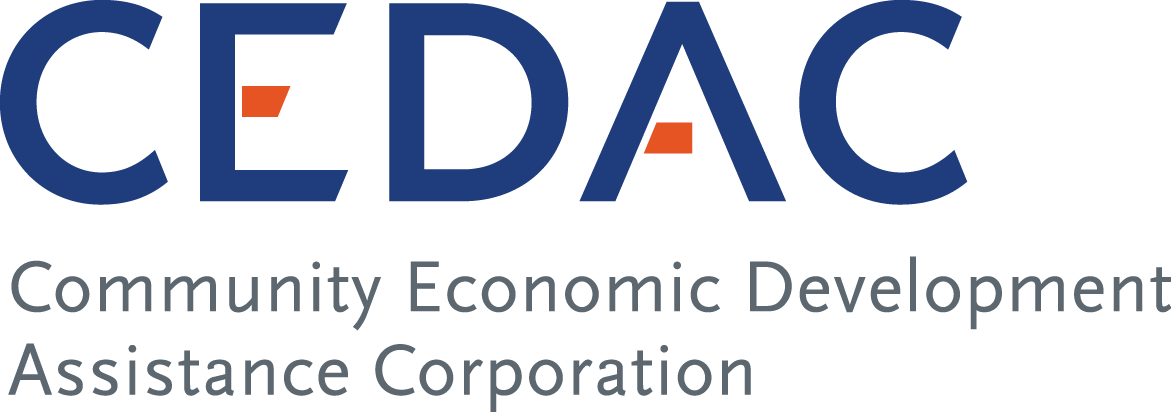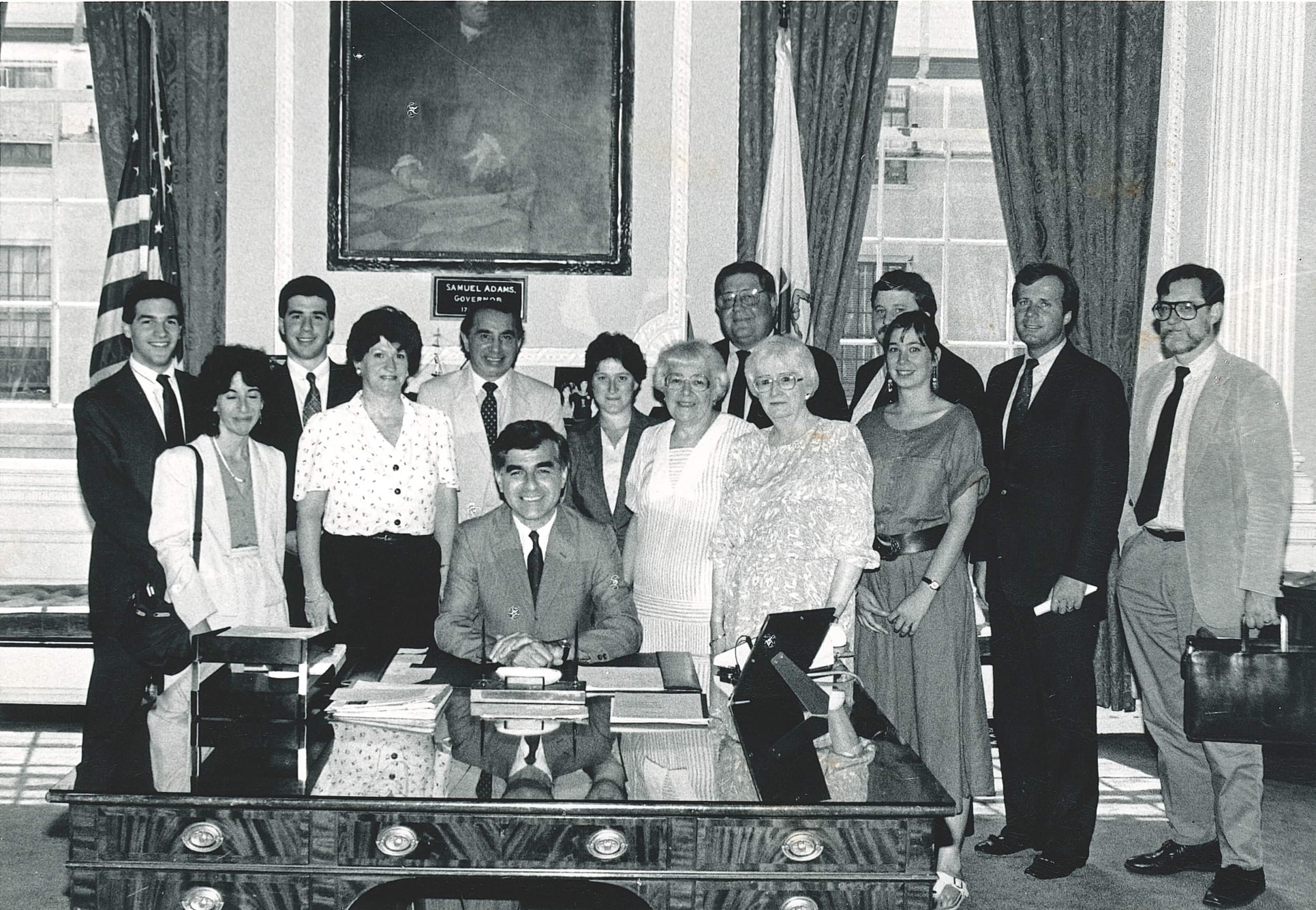Today’s guest blog is from Vince O’Donnell, who was CEDAC’s Director of Development from 1986 to 2001. During that time, he played a major role in CEDAC’s emergence as a significant driver of the affordable housing preservation mission in Massachusetts. For over 45 years, he has worked with nonprofits, resident organizations and governmental agencies in his affordable housing work.
When people think of CEDAC’s many areas of leadership, one issue that comes to mind is the preservation of affordable housing. This engagement goes back to 1981, shortly after Carl Sussman, CEDAC’s first executive director, hired Mike Gondek from a Boston CDC, initiating an important move into the overall field of housing. At that time, Emily Achtenberg, Ann Silverman and I were working in a CHAPA-initiated demonstration program to implement some important new mandates affecting how HUD must address failed subsidized multifamily housing.
This mandate, brought about by U.S. Senator Ed Brooke at the behest of at-risk tenants of Methunion Manor in Boston’s South End, was practically speaking the federal government’s first affordable housing preservation program – a response to a crisis that at the time had left HUD as Boston’s biggest landlord. When CHAPA’s grant was spent down, we approached Mike to ask if CEDAC would continue supporting several nascent purchases of affordable housing complexes by resident organizations, including the Methunion Manor tenants who had pushed for the federal preservation mandate. The City of Boston had already been following the issue of failed subsidized housing, but with CEDAC’s entry to the field, there was now a potential for deep collaboration between state, local and federal government on a critically important housing issue.
That multi-level intergovernmental partnership has continued to this day. Every governor since Michael Dukakis, and every mayor of Boston since Kevin White, has worked with CEDAC to make preservation a priority. I think this is what gives me the most pride in CEDAC’s work in this field. Over time the organization has developed expertise in a technical discipline that’s not for the faint of heart. CEDAC’s understanding of the issues resulted in a readiness to deal with tough problems; its practical experience underpinned its ability to take measured risks in spaces where others might be unwilling; it earned credibility in the policy arena; and all this supported the allocation of resources for everything from predevelopment to technical assistance to gap financing to major federal funding.
Preservation for the People
But, wait, there’s more – not only is CEDAC a proven honest broker in a complex and changing intergovernmental space, it has also earned the trust of resident organizations and housing advocates. Carl Sussman’s blog post from October 4th, Looking Back at Our Foundation, described Mel King’s call to “do the right thing” – in its preservation work, CEDAC has always stayed true to that mandate. Yes, preservation is difficult, requiring detailed regulatory solutions, complex financing and careful balancing of public and private interests. But the bottom line for CEDAC has always been about justice for the residents, who deserve a decent, affordable place to live.
Some specific accomplishments include:
- Actively facilitating the preservation of thousands of units of at-risk affordable housing, primarily through community-based non-profits and resident organizations: One early example was Clarendon Hill Towers in Somerville, a 500 unit affordable housing property whose New York-based owner was positioned to deregulate the housing by prepaying its HUD-subsidized mortgage in 1991. The residents approached CEDAC with their concerns, and together CEDAC and the Clarendon Hill Towers Tenant Association, began a three year process that culminated in CHTTA’s formation of a resident-controlled nonprofit that purchased the property for substantial rehabilitation and long-term affordability. One important lesson learned from CEDAC’s work with CHTTA and other multifamily resident ownership organizations is that sustained support for capacity is a key to success, as are the binding affordability covenants that these mission-oriented purchasers have put in place.
- The state’s first preservation database, identifying the next challenge to subsidized multifamily housing after the foreclosure crisis, and sending the alarm to state and local officials, and project residents: a wave of “expiring use restrictions” beginning in the late 80s allowing the deregulation of much of the older assisted stock after twenty years of service. This database keeps track of expiring use developments across the Commonwealth, and has formed the basis of the “early warning” system that Massachusetts uses to help preserve affordable housing projects.
- Contributions to the passage of federal legislation critical to the expiring use problem (the Low Income Housing Preservation and Resident Homeownership Act, or LIHPRHA), which fueled CEDAC’s preservation work, including extensive support for resident and nonprofit purchases;
- Advocacy for the passage of federal legislation for the renewal of expiring project-based Section 8 contracts, including new Section 8 rents that were “marked up to market”. This enabled CEDAC to design transactions to bring in federal resources that were matched to the size of the problem of rapidly rising rents.
- A key role in implementing the state’s Chapter 40T preservation statute, which creates transparency in the market for assisted multifamily housing properties. See “Chapter 40T at 5: A Retrospective Assessment of Massachusetts’ Expiring Use Preservation Law” to learn more about the law’s accomplishments.
The Partnerships of Public Agencies
Another reason for the success of CEDAC’s preservation mission is the depth of its partnerships with other public agencies. As early as 1986, CEDAC alerted the Massachusetts Executive Office of Communities and Development (now the Department of Housing and Community Development, DHCD) to the looming expiring use issue, and to the importance of HUD resources in addressing a problem of this scale. CEDAC, DHCD, and HUD, along with the City of Boston’s Department of Neighborhood Development, have never stopped collaborating since then. MassHousing, as an early stakeholder in the creation of much of the Commonwealth’s affordable multifamily housing portfolio, has been integral to creating new preservation solutions. Other funding, technical assistance and essential advocacy have been available through the Massachusetts Housing Partnership, MassDevelopment, Metro Housing Boston (formerly, MBHP) and Citizens’ Housing and Planning Association (CHAPA), as well as resident groups and their support organizations.
CEDAC has unique attributes – it’s a quasi-public agency with a strong mission and enough operational flexibility to tackle tough problems; its board and staff have top-level capacity; and it has earned the trust of a wide array of stakeholders. All this informs everything CEDAC does, and has been essential to its nationally-recognized leadership in affordable housing preservation.
The photograph featured in this piece shows the project team that worked on preservation of Clarendon Hill Towers during a meeting with former Governor Dukakis to ask for state support for the deal. Among photographed is Vince himself (far right).






